When you put your property on the market, it becomes a product. But for buyers, they aren’t just purchasing a house—they’re buying a lifestyle. Effective staging helps you achieve this by highlighting a home's best features, creating an emotional connection with potential buyers, and making your property stand out. Data shows that staged homes sell faster and for a higher price, making it a strategic and profitable investment.
Staging is about neutralizing the property’s surroundings so buyers can envision the space as their own. It also cleverly plays up a home’s strengths and minimizes any weaknesses.
Preparing Your Home to Sell
Before you start, you need to look at your property through a buyer’s eyes. A great first step is to get an objective opinion from your real estate agent, who can help you see your home as a product and not as a personal space.
Declutter and Depersonalize
This is the most crucial step. Buyers don’t want to feel like they’re intruding. Remove personal collections, family photos, and any unique possessions that might distract from the home’s features. As you declutter, go room by room and box up all non-essentials.
Renew, Repair, Replace
Small fixes make a big difference. Fix the little things that might make buyers wonder, “What else is wrong?” Patch nail holes, fix a leaky faucet, and replace old hardware. Addressing these small details gives buyers confidence in the home’s overall condition.

Room-by-Room Guide for Success
This systematic, room-by-room approach allows you to plan and prepare your property without feeling overwhelmed.
- Foundation & Walls: Inspect your foundation for any cracks or gaps, no matter how small. Look for any openings where the siding meets the foundation.
- Doors & Windows: Check the weather stripping and door sweeps on all your exterior doors. Even a small gap can be a welcome mat for pests. Look for cracks in the caulk around window frames.
- Vents & Chimneys: Pests love to use vents as highways into your home. Make sure your dryer, attic, and soffit vents have tight-fitting screens. Install a cap or screen on your chimney.
- Pipes & Utility Lines: Check the areas where pipes, electrical wires, and utility lines enter your home. These are often overlooked points of entry.
Your "Showtime" Strategy
The final preparation is a routine you can follow every time the property is shown.
- Clean: Put away pet food bowls, clear the kitchen sink, pick up toys, and put the garage door down.
- Brighten: Open all shades and curtains and turn on every light.
- Create Atmosphere: Play soft music, set the thermostat to a comfortable temperature, and add a subtle, pleasant aroma with a fresh scent like baked cookies or fresh flowers.

National Statistics
The National Association of REALTORS® (NAR) Research Group surveyed real estate agents on both the buying and selling side of real estate when it came to staging. The results are very interesting and validating to importance of staging homes. Cruise through these statistics here, and don't be afraid to reach out for further explaining.







Methodology – In February 2025, NAR invited a random sample of 49,806 active REALTORS® to fill out an online survey. A total of 1,266 usable responses were received for an overall response rate of 2.5 percent. At the 95 percent confidence level, the margin of error is plus-or-minus 2.75 percent. The primary measure of central tendency used throughout this report is the median – the middle point in the distribution of responses to a particular question or, equivalently, the point at which half of the responses are above and below a particular value. Due to rounding and omissions for space, percentage distributions may not add to 100 percent.
A Small Investment, a Big Return
Home staging is not a cost; it's an investment in your home's future. It's the most effective marketing tool you have to sell your home faster and for a higher price. Download my home staging guide below and follow these simple principles; you can transform your property into a product that buyers will not only want but will compete to own.





















